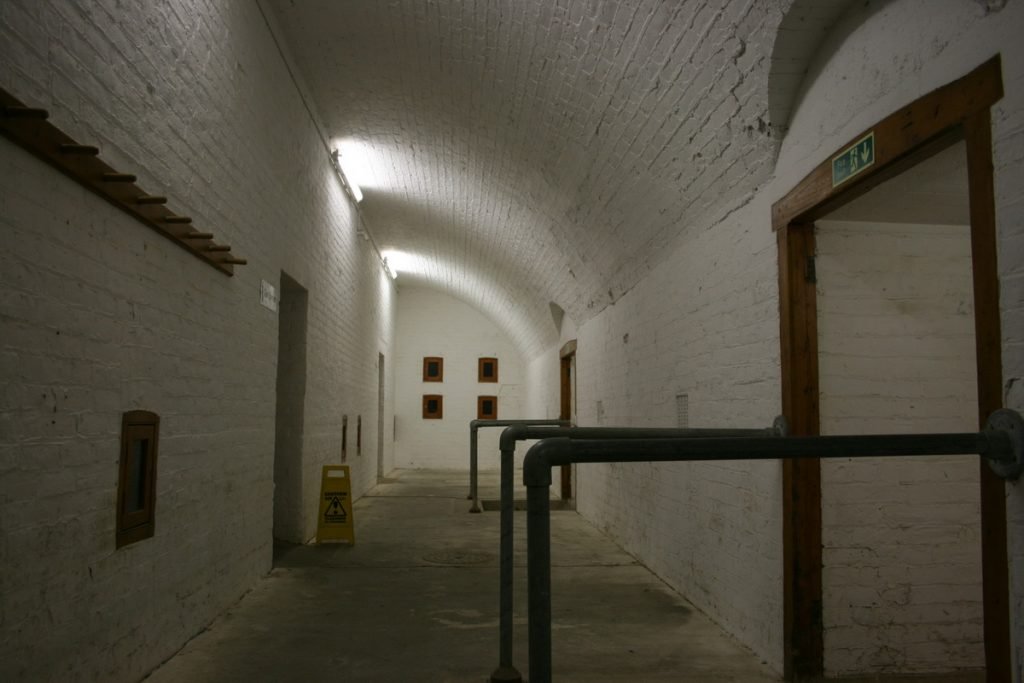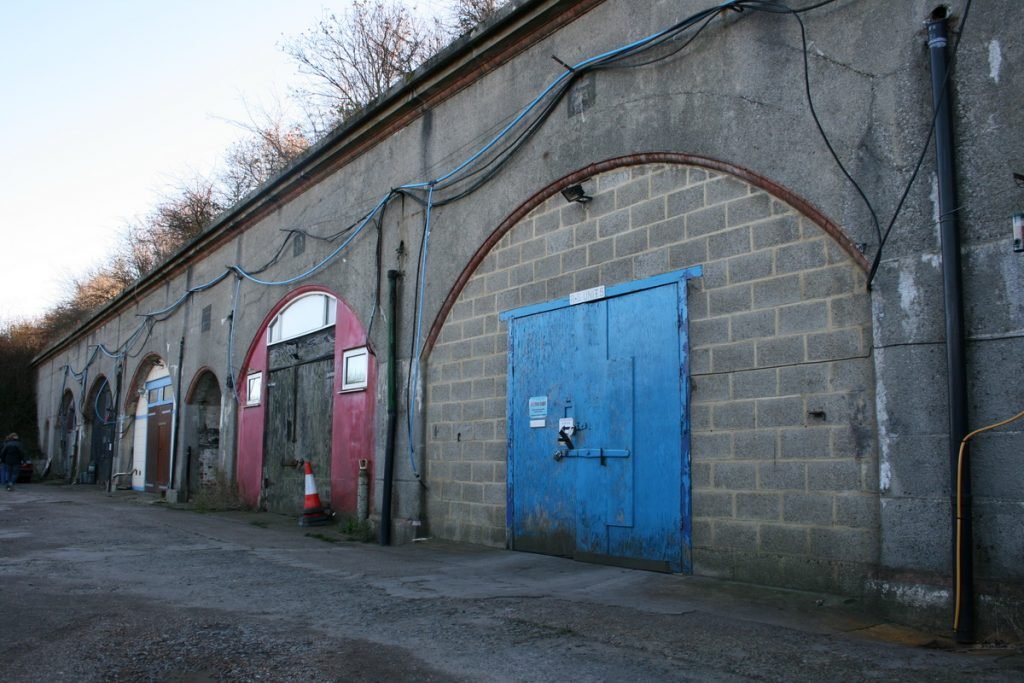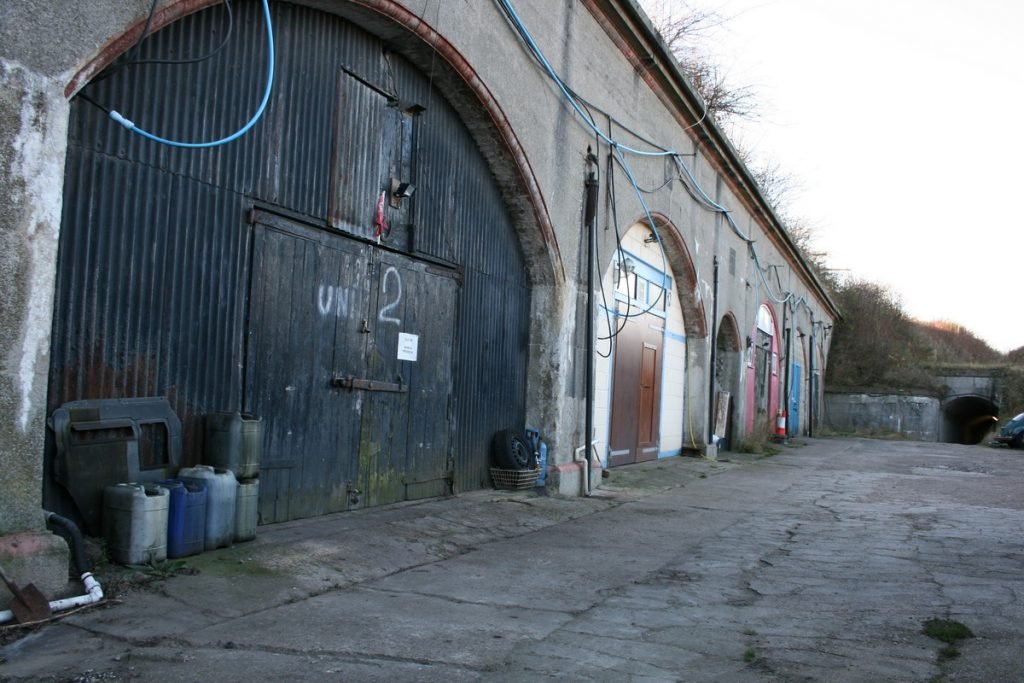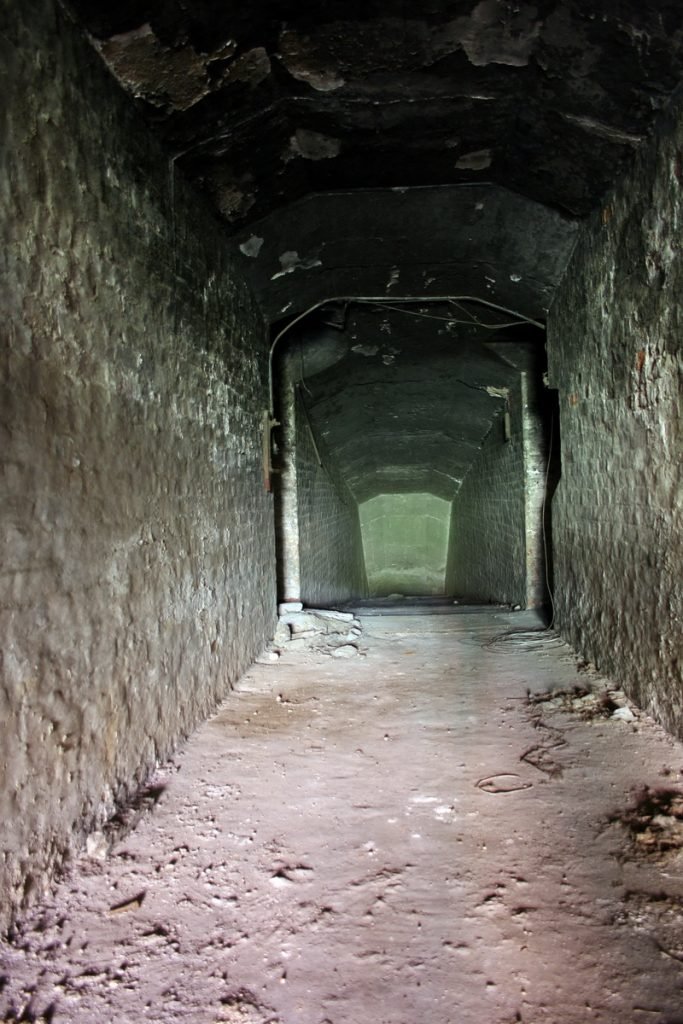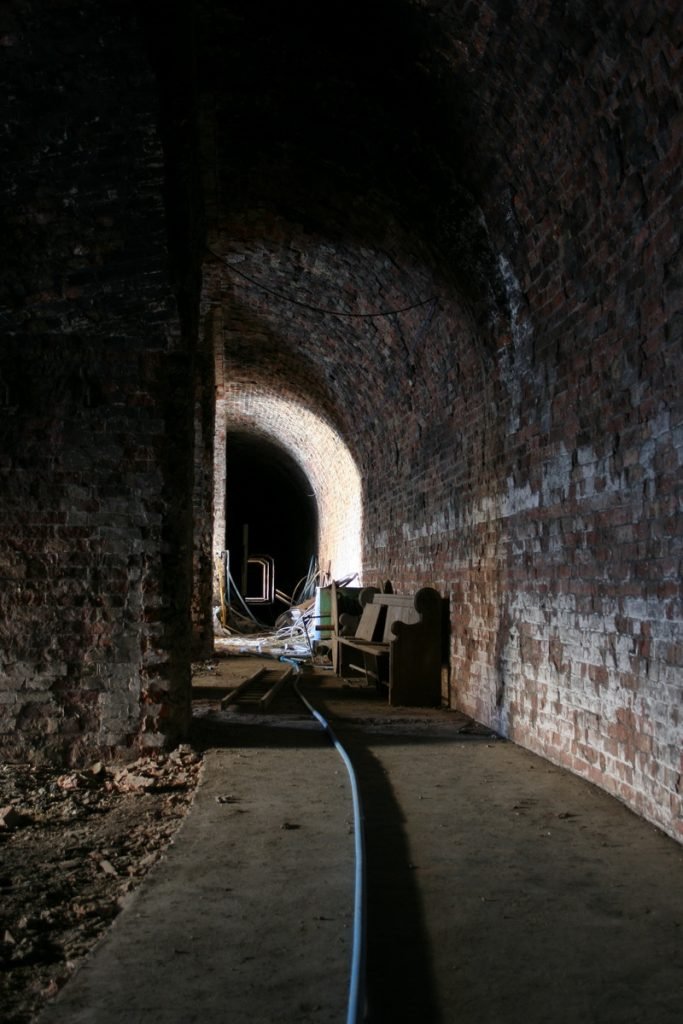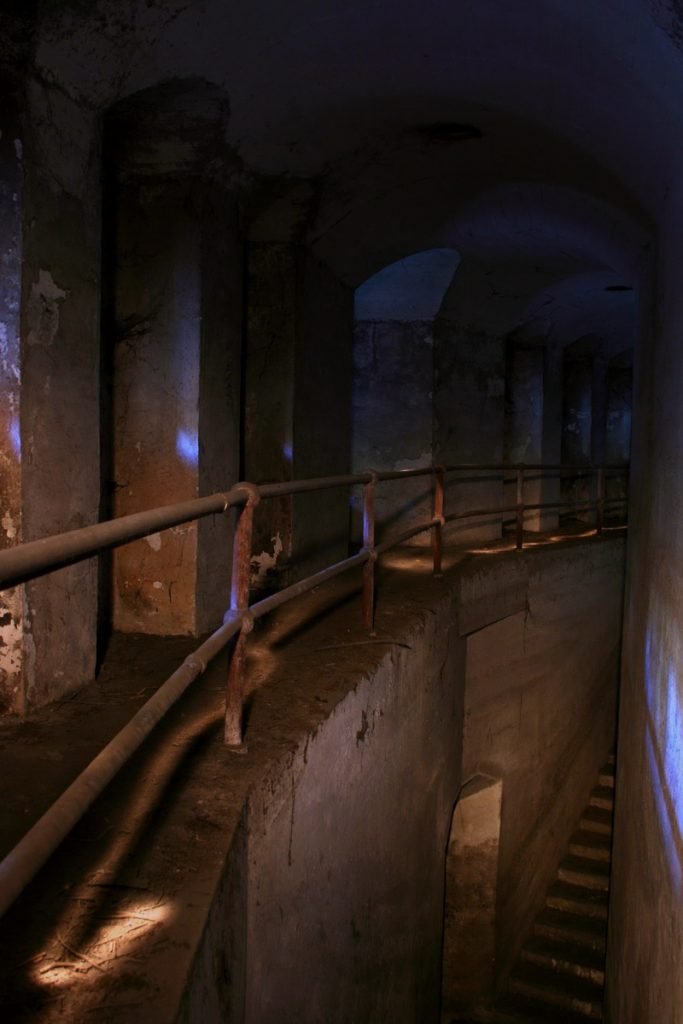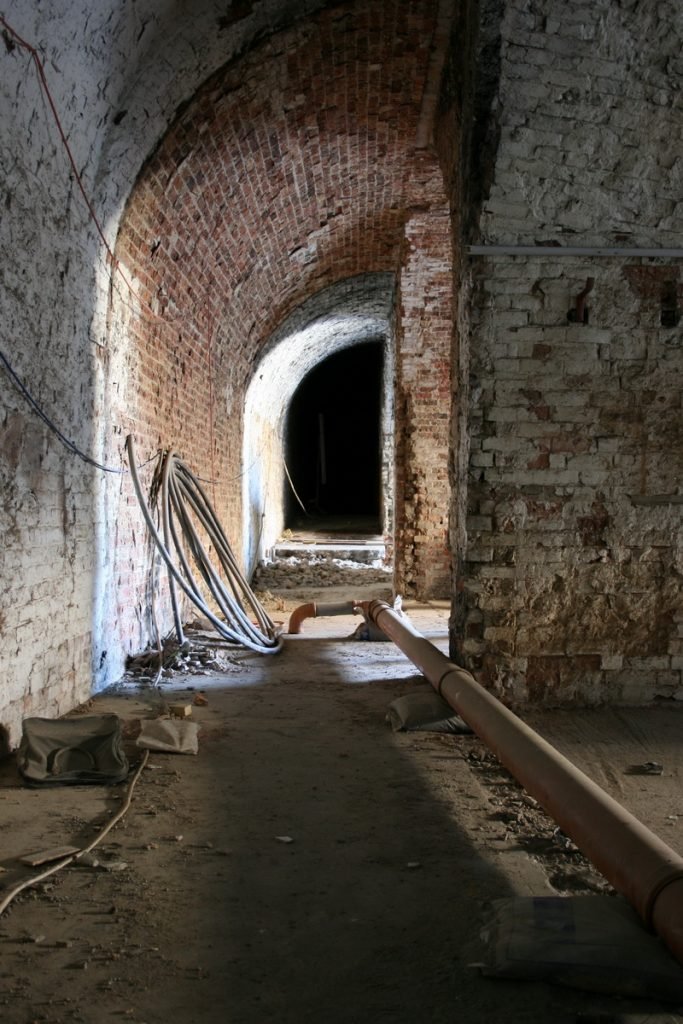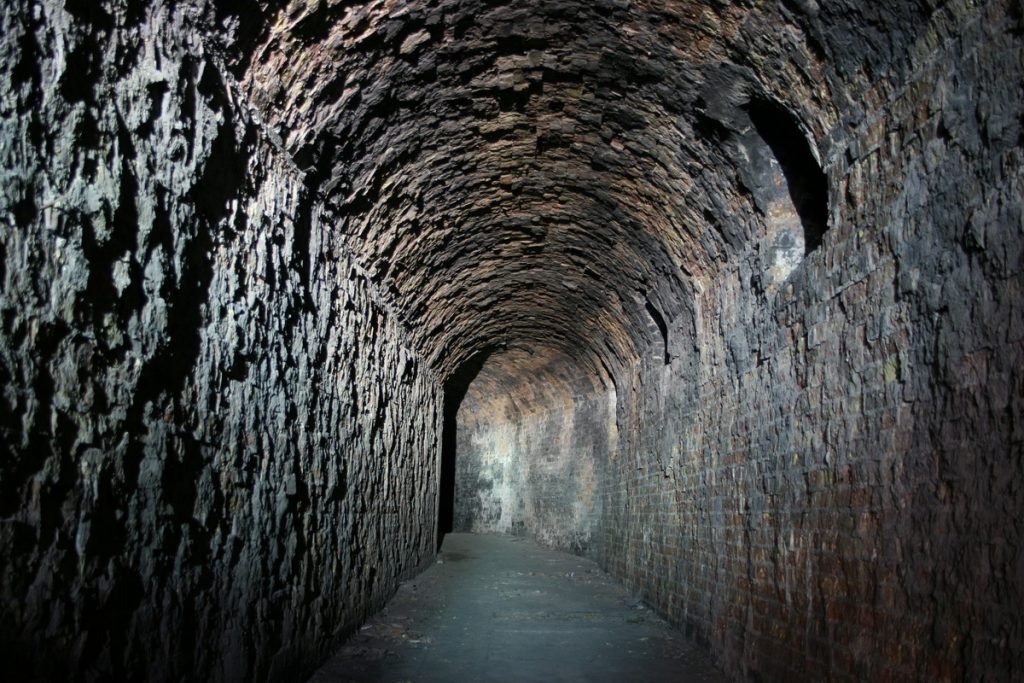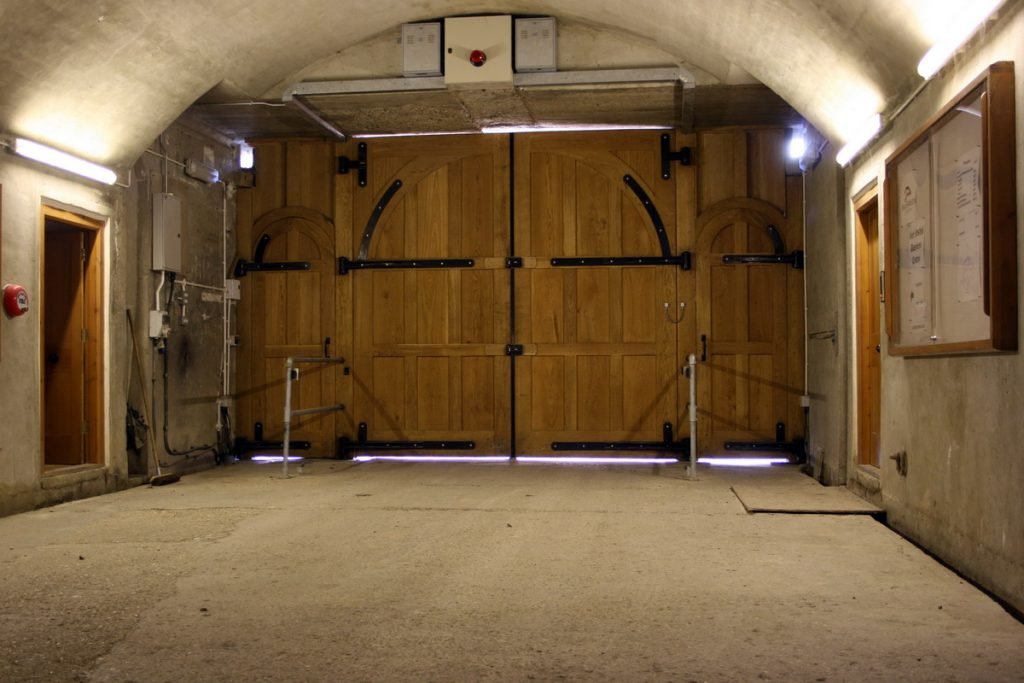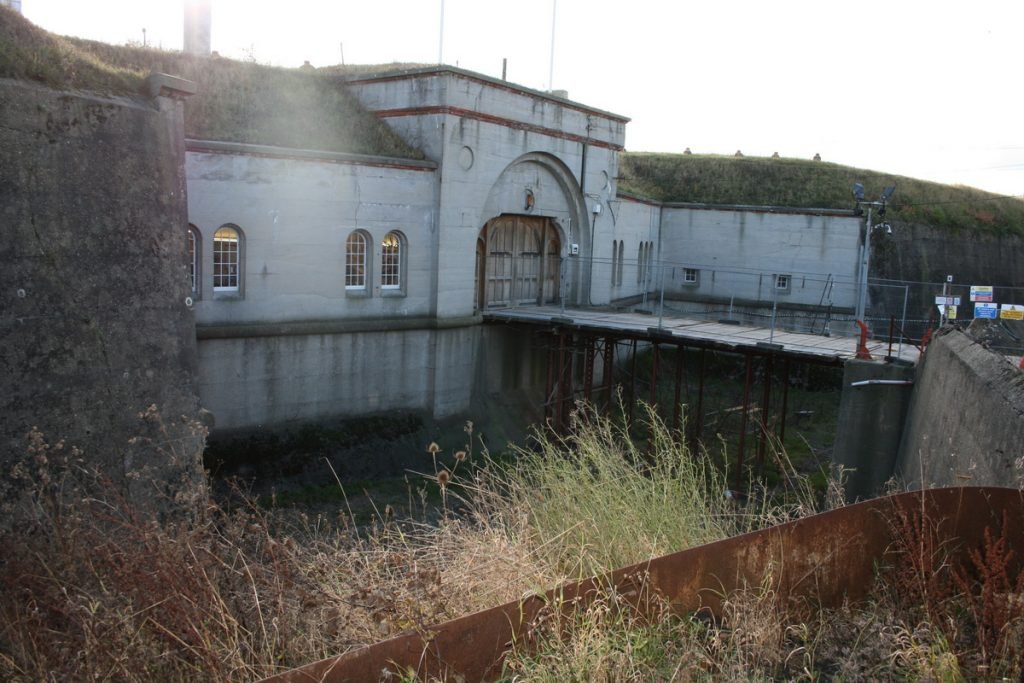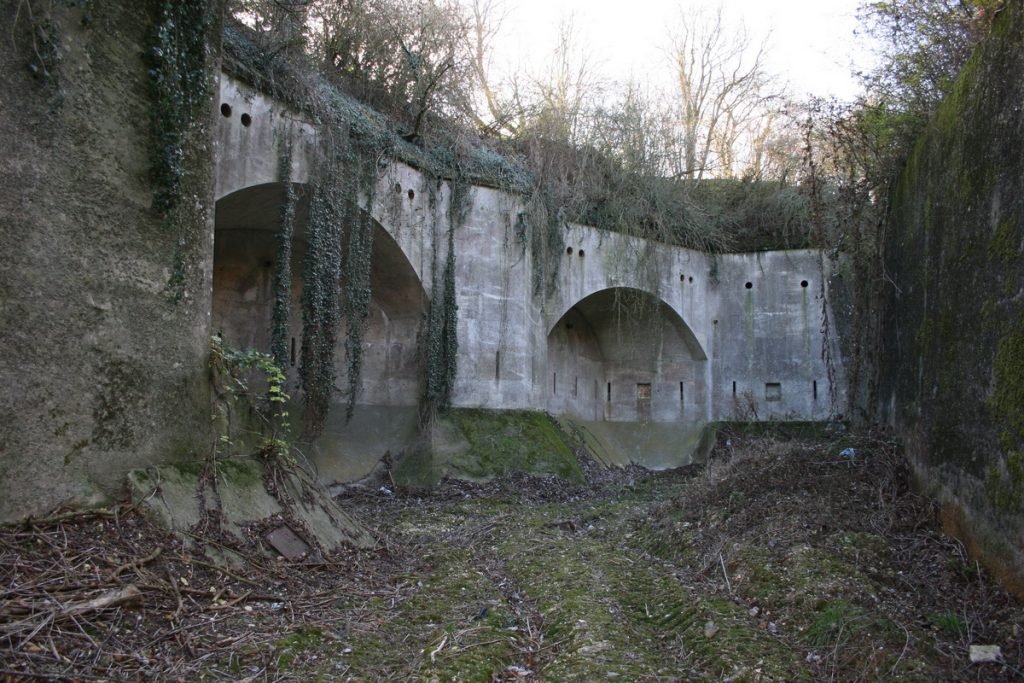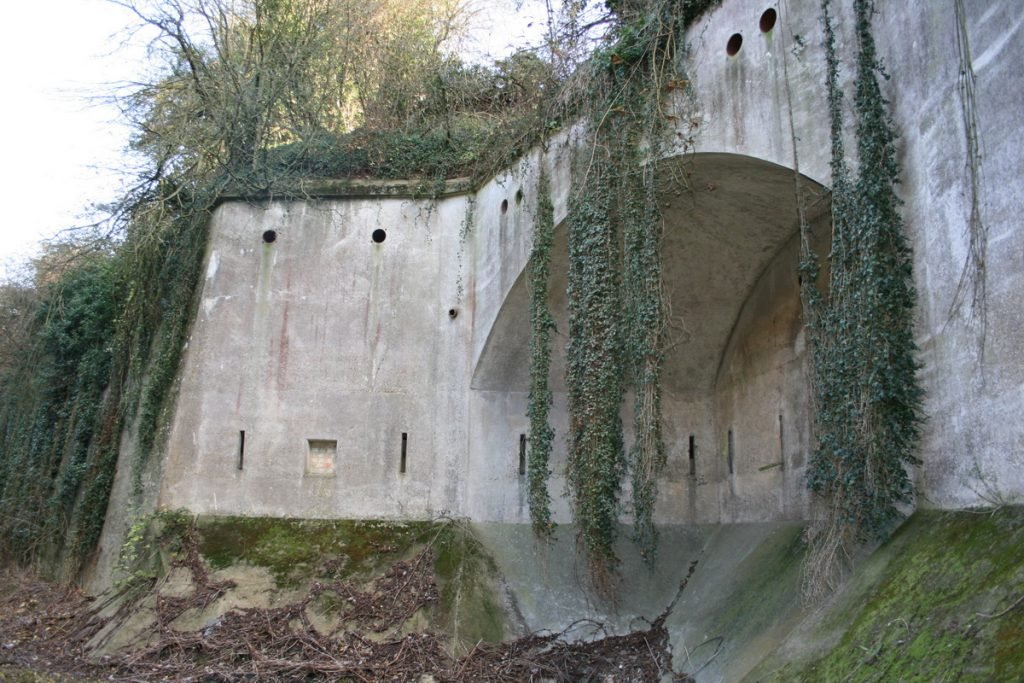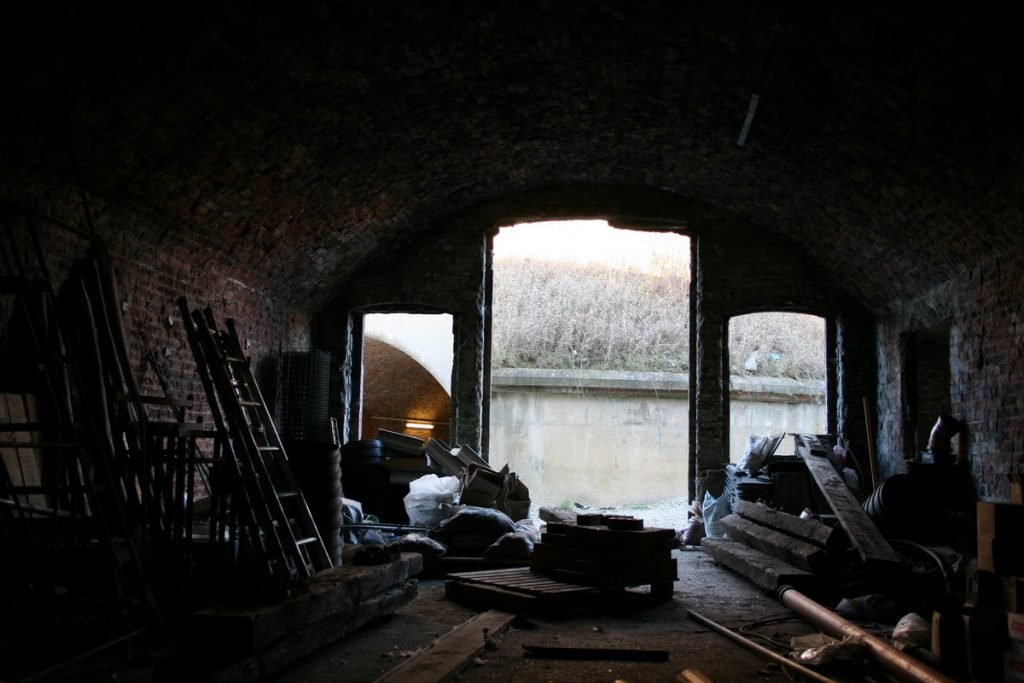Fort Horsted
Britain’s defences in the face of a possible land based invasion. As a result a huge amount of fortification work began across southern Britain, paying close attention to the protection of the Medway area, especially the vitally important dockyard at Chatham. The arms race of the time was very much centred in the naval arena of warfare, with the construction of new ironclad warships seen as the symbols of military, political and economic strength. The naval dockyard at Chatham would have played a crucial role in the construction and maintenance of these new naval leviathans.
Some defensive works were already in place at Chatham, such as the impressive Fort Amherst, but the Royal Commission felt the eastern and southern approaches to Chatham were not adequately protected, and construction of five new forts began in 1880. These five forts were named Horsted, Luton, Bridgewood’s, Darland and Twydall. By the time their construction began, France was no longer posing a threat of invasion to Britain; however, Germany, having defeated France in the Franco-Prussian war of 1870/71, had firmly established itself as a major European power.
Fort Horsted was the largest of the five forts designed to defend Chatham’s eastern and southern approaches. Many changes were made to the original design of Horsted since its inception in the 1860s. Most noticeably, Fort Horsted does not have caponiers or other exposed external features clearly visible in earlier works such as the Drop Redoubt in Dover. This was due to the development of high explosive shells in the intervening period between the 1860s and the eventual construction some twenty years later. Fort Horsted was finished by 1889 but never received the full complement of armament she was designed for. In 1902 Fort Horsted was mounted with seven machine guns.
Fort Horsted is a polygonal fort surrounded by a deep ditch revetted in concrete, a relatively new material at that time. Horsted and her companion forts were spaced three miles apart, which was the maximum range of guns at the time. However, once again, the speed of artillery development outstripped fortification buildings, and on completion, guns could fire well beyond this range. However, there is no question that these forts would have proved to be a major obstacle to an invading force to overcome in order to advance further. The shape of the fort, almost arrowhead when seen from above, provided angles of fire along which counterscarp galleries within the fort could fire. Being the largest of the forts, Horsted contained water tanks fed from a reservoir under the rampart of the right flank. These tanks would have ensured supplies of water to the other forts.
Expense magazines and ammunition hoists are throughout the fort, and it is interesting to note that the main rampart front has earth-covered expense magazines, but there are no prepared gun positions for these magazines to service. The positions that remain visible today are much later, particularly Second World War AA guns.
Fort Horsted remained in military hands until the 1960’s. After this period it has seen various commercial uses including a tyre company which filled vast areas of the fort and ditch with worn tyres. In 1976 a huge fire broke out at the fort and with so many tyres, it burned for at least two weeks. There are still visible reminders of this fire throughout the fort with extensive smoke damage as well as fire damage to some remaining wooden structures such as door frames.
Today Fort Horsted is enjoying resurgence; it has been cleaned up considerably and many of the casemates have been converted for commercial use, supporting many local small businesses. As a scheduled ancient monument the essential future of Fort Horsted has been ensured and with its constant use on a daily and commercial basis, the long term structural safety of the Fort is assured.
Location: Medway
Condition: Very Good
Date Of Visit: 22/11/08
